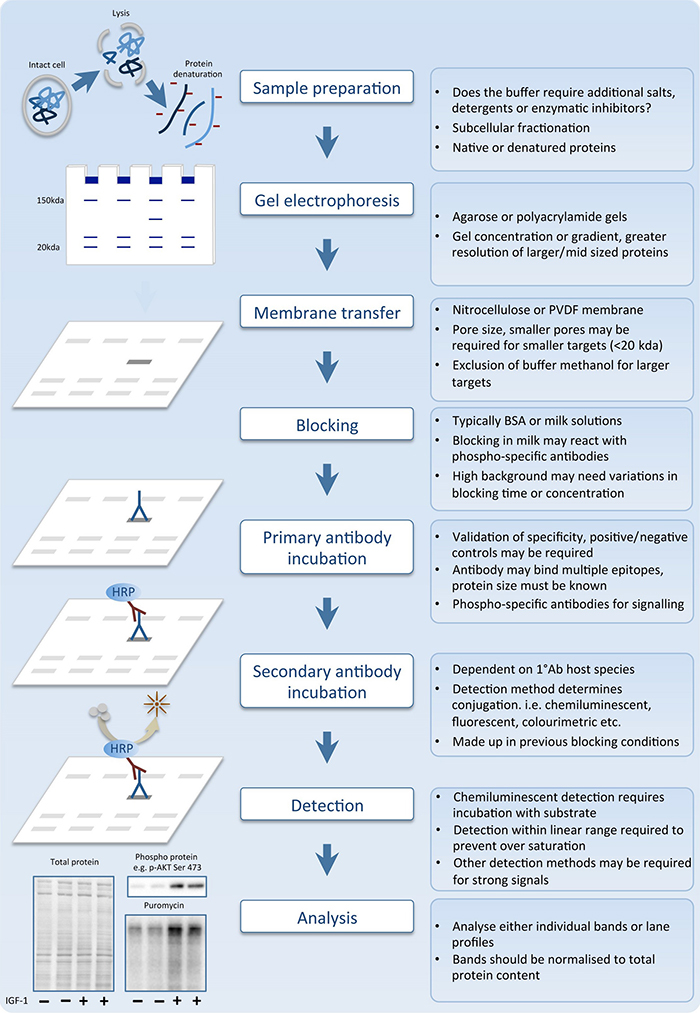
2 mL) and mix thoroughly by hand shaking, centrifuge at 3,500 × g for 10 min at 4☌ and transfer the aqueous phase to a fresh 15 mL tube. Add equal volume of phenol/chloroform (approx. Centrifuge at 3,500 × g for 10 min at 4☌, and transfer the aqueous phase to a fresh 15 mL tube. 2 mL) to the supernatant and mix thoroughly by hand shaking for 10 sec. To remove the residual protein from the supernatant, add an equal volume of phenol (approx. Transfer the supernatant to a fresh 15 mL centrifuge tube. Centrifuge at 14,500 × g for 30 min at 4☌.Note: Use wide-mouth plastic transfer pipette to transfer the lysate into centrifuge tube. Let the tube sit at 4☌ for at least 16 h to efficiently precipitate proteins and protein-associated DNAs. Add 0.4 mL of 5 M NaCl and gently invert the tube 10 times. Transfer the viscous cell lysate to a 15 mL centrifuge tube.Gently mix and incubate the plate for 30 min at room temperature. Lyse cells by adding 1.5 mL of TE buffer (10:10) and 0.1 mL of 10% SDS into each well of a 6-well cell culture plate.Note: HBV infected cells can also be subjected to the following procedures.

Note: To obtain a high level of HBV replication in tetracycline-inducible cell lines, it is critical to withdraw the tetracycline when the cells reach confluence, as HBV replication will arrest cell growth. For tetracycline-inducible cell lines, remove the tetracycline from culture medium to induce HBV replication.
#Southern blot analysis plus
Note: HepG2.2.15 cell line is cultured with DMEM/F12 medium supplemented with 10% fetal bovine serum, 100 U/mL penicillin and 100 μg/mL streptomycin, plus 400 μg/mL G418. Note: Collagen-coated plate is ideal for cells to form confluent monolayers, especially for HepG2-based cells. Seed HBV stable cell lines, such as HepG2.2.15 ( 5), or tetracycline-inducible (tet-off) HepAD38 ( 6), or tetracycline-inducible (tet-off) HepDE19/DES19 cells ( 7, 8), in collagen coated 6-well plates at approximately 100% confluence with appropriate culture medium.Phosphorimager exposure and scan system.


Prepare 30× stock solution, and store at room temperature 1 × TAE buffer: 0.04 M Tris base, 0.04 M glacial acetic acid, 1 mM EDTA, pH 8.2 to 8.4.10× DNA gel loading buffer: 10 mM EDTA (pH8.0), 50% (V/V) glycerol, 0.25% (W/V) bromophenol blue.Phenol/chloroform: phenol: chloroform: isoamyl alcohol (25:24:1), saturated with 10 mM Tris-HCl (pH 8.0) and 1 mM EDTA.Phenol: equilibrated with 10 mM Tris-HCl (pH 8.0) and 1 mM EDTA.TE buffer (10:1): 10 mM Tris-HCl, pH 7.5 and 1 mM EDTA.TE buffer (10:10): 10 mM Tris-HCl, pH 7.5 and 10 mM EDTA.5 M ethylenediamine tetraacetic acid (EDTA), pH 8.0.Materials and ReagentsExtraction of cccDNA from Cell Culture:


 0 kommentar(er)
0 kommentar(er)
